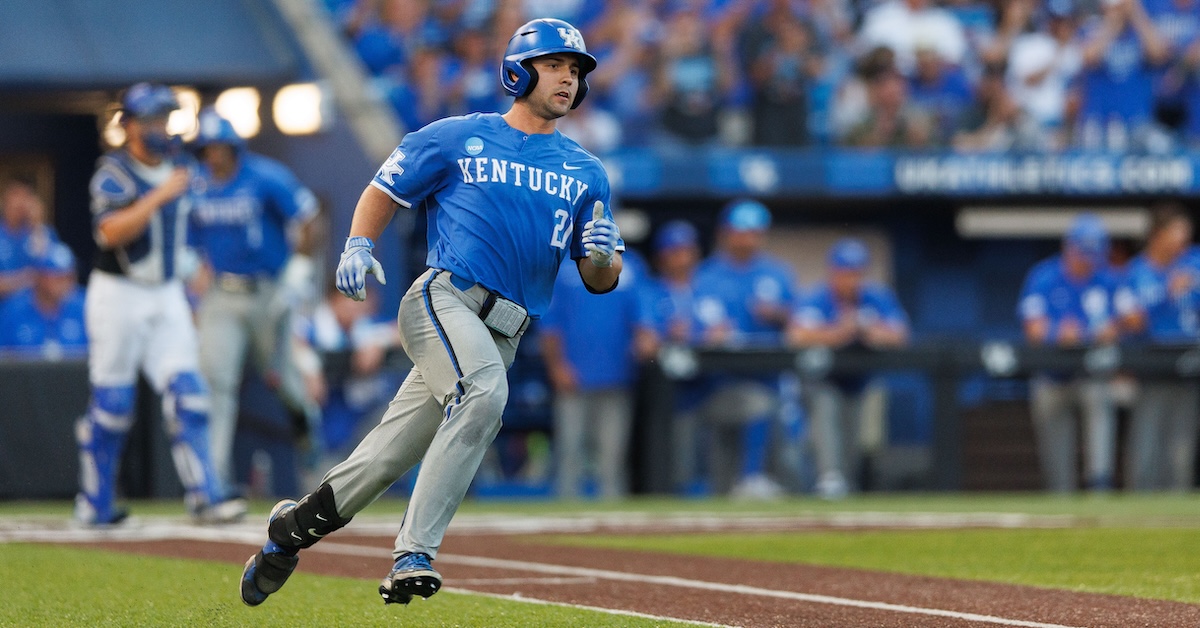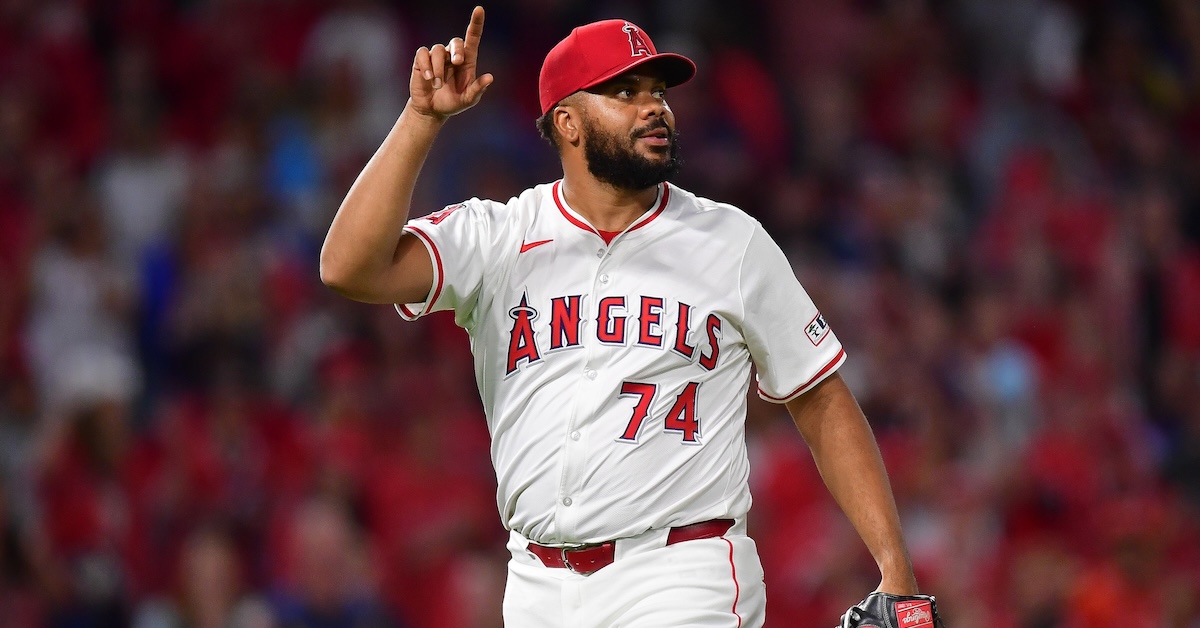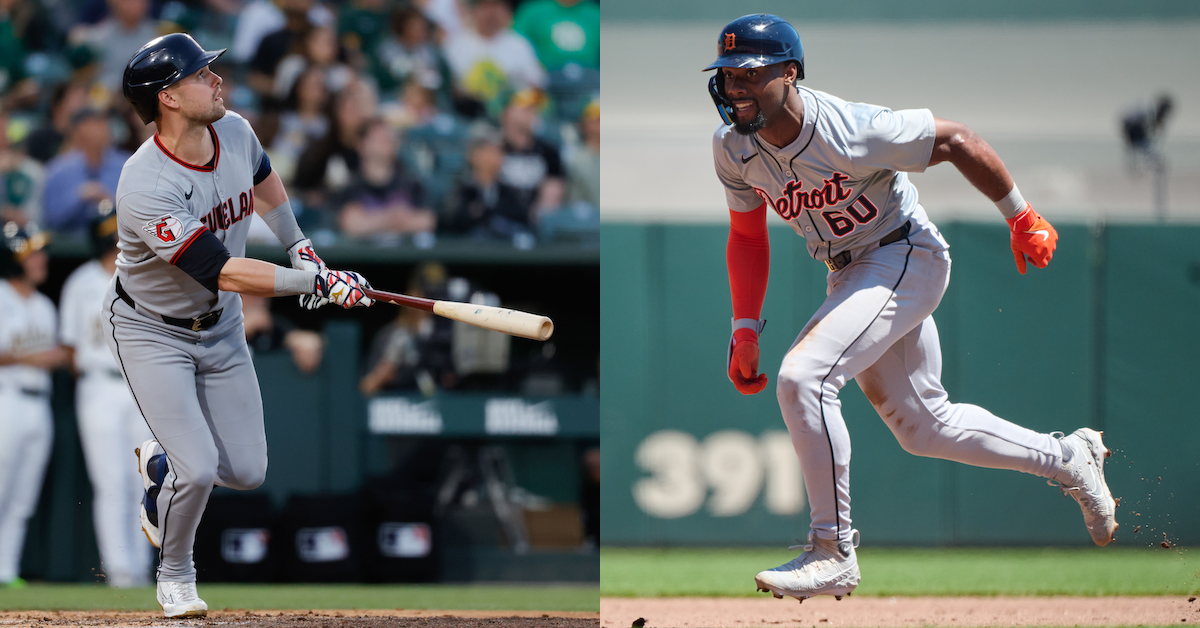Blue Jays Continue Bullpen Overhaul, Sign Tyler Rogers

Two months ago, the Blue Jays marauded their way through the playoffs despite a bullpen they preferred not to touch with a thirty-nine-and-a-half-foot pole. They started the offseason by adding to the rotation, with Dylan Cease the big name acquisition and KBO MVP Cody Ponce an interesting flier. Now, they’ve turned their attention to relief pitching, and they’re working every angle there. They selected hard-throwing relief option Spencer Miles in the Rule 5 draft, traded for sidearmer Chase Lee, and late last week added the piece de resistance, the weirdest reliever in baseball. That’s right: Tyler Rogers and Toronto agreed to terms on a three-year, $37 million deal with a vesting option that could push it to four years and $48 million.
I’m legally obligated to lead any article about Rogers by mentioning his unconventional delivery. He throws upside down, it’s true. He throws in the low-to-mid-80s as a result, with movement that resembles nothing else in baseball. It’s hard to wrap your head around how his pitches move. His slider has huge positive vertical break; it’s a regular slider turned upside down. His fastball, naturally enough, breaks downward, which results in some incredibly counter-intuitive at-bats; despite being about 10 miles an hour faster, it falls meaningfully more than the slider on its path homeward.
With that out of the way, forget what Rogers throws like for a while. I’m sure that’s interesting to the Blue Jays, but what actually matters at the end of the day is how effective he is. He’s very effective, as it turns out. His career 2.76 ERA is flattered slightly by all his years calling spacious Oracle Park home, but not as much as you’d think. His 67 ERA- is a top-15 mark among relievers since his 2019 debut, and I actually think ERA- punishes him, because his specific game doesn’t benefit as much as most pitchers from a big outfield. He gets a ton of grounders. He perennially runs a low BABIP allowed, and it’s no fluke; batters just can’t square him up. Read the rest of this entry »






